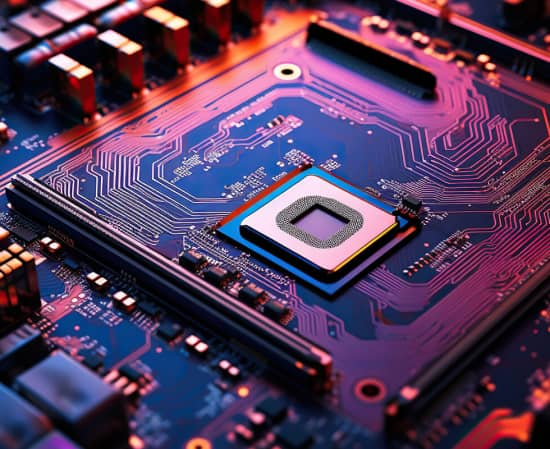Leading experts in Design Verification, FPGA Validation, RTL Design, with proven Expertise in Pre-Si and Post -Si Validation, VIP Verification, Physical Design, RF Design, and DFT.
Leading experts in Design Verification, FPGA Validation, RTL Design, with proven Expertise in Pre-Si and Post -Si Validation, VIP Verification, Physical Design, RF Design, and DFT.
Home » Our Services » RTL Design

RTL (Register Transfer Level) design is a key phase in the development of digital integrated circuits, where the behaviour and functionality of the digital logic are described using registers, combinational logic, and control logic. RTL serves as the bridge between high-level behavioural descriptions (like algorithmic descriptions) and the lower-level implementation (gate-level netlists) in the VLSI design flow.

Registers and Combinational Logic – Sequential elements (like flip-flops) that store data between clock cycles and Logic gates (AND, OR, NOT, etc.) that process data immediately based on current inputs. RTL code of a digital system containing these components describes how registers and combinational logic interact to perform desired operations.
Control Logic – Coordinates the operation of registers and combinational logic based on control signals. Typically coded using Finite state machines (FSMs), control registers, and decoders manage data flow and operation sequencing.
Data Paths – Paths through which data flows within the design, managed by registers and controlled by combinational logic. Optimization of which ensures efficient data flow and minimizing delays or hazards.
Clocking Methodology – It has two components, Clock Domain, a set of registers that are clocked by the same clock signal. Clocking Scheme, it specifies clock frequencies, timing constraints, and synchronization techniques (e.g., clock gating, synchronization cells) to manage timing issues.
Verification in RTL Design – Ensures the design behaves as expected under different conditions. Different techniques used in this area include Simulation-based verification, formal verification, and assertion-based verification to validate functionality and check against design specifications.

High-Level Synthesis (HLS) – Automated synthesis from high-level behavioural descriptions (C/C++/SystemC) directly to RTL. This speeds up design process, improves design productivity, and facilitates design space exploration.
Advanced Verification Methodologies – includes Formal Verification, increasing use of formal methods to prove properties and verify complex behaviours, Assertion Based Verification (ABV), It is an integration of assertions to capture design intent and ensure compliance during simulation.
Power Optimization Techniques – Low Power Design, which includes RTL techniques such as clock gating, power gating, and voltage scaling to reduce power consumption. Dynamic Voltage and Frequency Scaling (DVFS) is adjusting voltage and frequency dynamically based on workload.
Security Considerations – Hardware Security, is the techniques of designing RTL with built-in security features to prevent hardware attacks (e.g., side-channel attacks, IP theft). Integration of Security IP is including security IPs (like cryptographic accelerators) into RTL designs to enhance security posture.
Clock Domain Crossing (CDC) Analysis – Ensures data integrity across asynchronous clock domains to prevent metastability issues. This process uses CDC analysis tools for early detection and mitigation of potential synchronization problems.
RTL for AI/ML Accelerators – RTL designs tailored for AI/ML accelerators (e.g., neural network processors) to optimize performance and efficiency. Adoption of languages like SystemVerilog for improved RTL design productivity and abstraction.
Emphasis on Design for Testability (DFT) – This process involves Integrating scan chains, built-in self-test (BIST), and boundary scan to enhance testability and facilitate manufacturing test. RTL design remains a foundational aspect of digital circuit design, translating high-level functional specifications into a detailed hardware implementation. Emerging trends such as high-level synthesis, advanced verification methodologies, power optimization techniques, and security considerations are shaping the future of RTL design, enabling faster time-to-market, improved design reliability, and enhanced functionality in modern semiconductor products. Staying informed about these trends is crucial for designers to leverage new capabilities and tools effectively in their RTL design processes.